Neutron Shielding Materials
Overview
Neutron emission is typically associated with the fission of uranium or plutonium fuel in a nuclear reactor. However, there are other potential sources of neutrons that may be encountered. Understanding the fundamentals of the interaction of neutrons with matter and choosing the proper neutron shielding materials solution are important steps in working safely in areas where neutron radiation may be present.
Like gamma radiation, neutrons undergo scattering and absorption interactions with matter. These interactions form the basis for methods used to shield and measure neutron radiation. However, unlike gamma radiation, which interacts primarily with the electrons in matter, neutrons interact primarily with the nucleus. Consequently, the types of materials favored for neutron shielding are quite different than the dense, high atomic number absorbers which are most effective in the attenuation of gamma radiation. Additionally, whereas different isotopes of an element will have essentially identical gamma attenuation properties, different isotopes of an element often have significantly different neutron attenuation properties.
Neutron shielding materials are typically constructed from low atomic number elements (hydrogen, carbon, and oxygen) with high scattering cross-sections that can effectively moderate or thermalize incident neutrons. Shielding for small sources is often constructed from polyethylene or paraffin, while shielding for larger sources is made from concrete or large pools/tanks of water. Elements with high capture cross-sections for thermal neutrons (boron, cadmium, and gadolinium) are often dispersed in the shielding material to capture moderated/thermalized neutrons. Borated polyethylene, layers of B4C and aluminum, boron-aluminum alloys, and boric acid in water are examples of materials incorporating boron. Adding boron to neutron shielding materials reduces the dose from secondary gamma production from radiative capture (n,g). Boron, specifically the boron-10 isotope (~20% natural abundance), has a very high (n,a) capture reaction, which yields much lower energy gamma radiation than the radiative capture reactions (n,g) of hydrogen, oxygen, or carbon.
Neutron shielding may also incorporate high atomic weight elements or layers of higher atomic weight shielding material to reduce dose from gamma radiation produced from neutron capture interactions (n, g). Lead, bismuth, and tungsten are often used due to their high density, good gamma attenuation characteristics, and relatively benign activation products.
Types of Shielding
Overview
Neutron emission is typically associated with the fission of uranium or plutonium fuel in a nuclear reactor. However, there are other potential sources of neutrons that may be encountered. Understanding the fundamentals of the interaction of neutrons with matter and choosing the proper neutron shielding materials solution are important steps in working safely in areas where neutron radiation may be present.
Like gamma radiation, neutrons undergo scattering and absorption interactions with matter. These interactions form the basis for methods used to shield and measure neutron radiation. However, unlike gamma radiation, which interacts primarily with the electrons in matter, neutrons interact primarily with the nucleus. Consequently, the types of materials favored for neutron shielding are quite different than the dense, high atomic number absorbers which are most effective in the attenuation of gamma radiation. Additionally, whereas different isotopes of an element will have essentially identical gamma attenuation properties, different isotopes of an element often have significantly different neutron attenuation properties.
Neutron shielding materials are typically constructed from low atomic number elements (hydrogen, carbon, and oxygen) with high scattering cross-sections that can effectively moderate or thermalize incident neutrons. Shielding for small sources is often constructed from polyethylene or paraffin, while shielding for larger sources is made from concrete or large pools/tanks of water. Elements with high capture cross-sections for thermal neutrons (boron, cadmium, and gadolinium) are often dispersed in the shielding material to capture moderated/thermalized neutrons. Borated polyethylene, layers of B4C and aluminum, boron-aluminum alloys, and boric acid in water are examples of materials incorporating boron. Adding boron to neutron shielding materials reduces the dose from secondary gamma production from radiative capture (n,g). Boron, specifically the boron-10 isotope (~20% natural abundance), has a very high (n,a) capture reaction, which yields much lower energy gamma radiation than the radiative capture reactions (n,g) of hydrogen, oxygen, or carbon.
Neutron shielding may also incorporate high atomic weight elements or layers of higher atomic weight shielding material to reduce dose from gamma radiation produced from neutron capture interactions (n, g). Lead, bismuth, and tungsten are often used due to their high density, good gamma attenuation characteristics, and relatively benign activation products.
Types of Shielding
Neutron Shielding Materials Applications
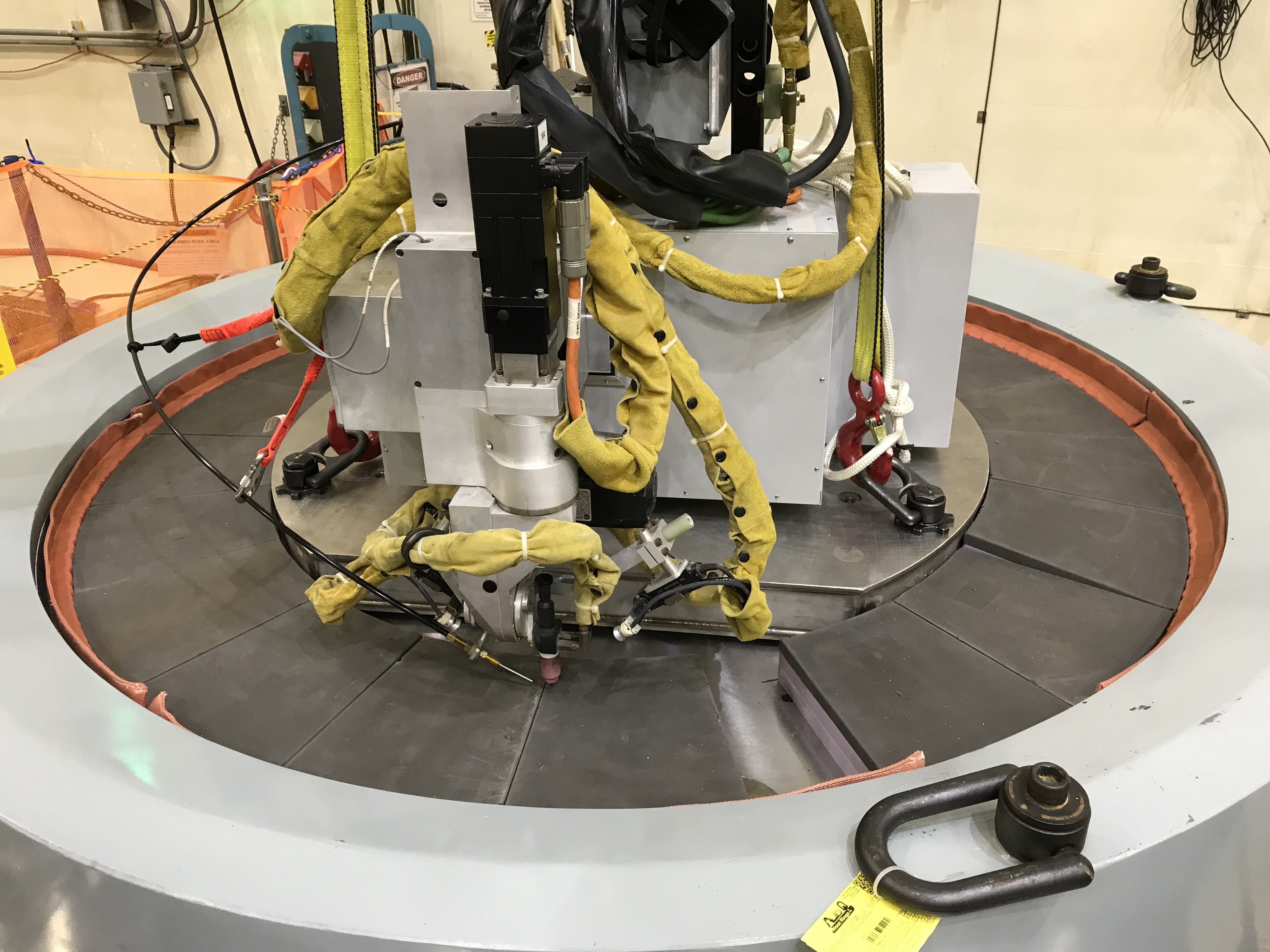
- April 28, 2020
Dry Cask Shielding Package
In 2019, Davis-Besse Nuclear Power Station, purchased an array of shielding from NPO for their spent fuel storage campaign. This package included a transfer cask shield bell, canister shield...
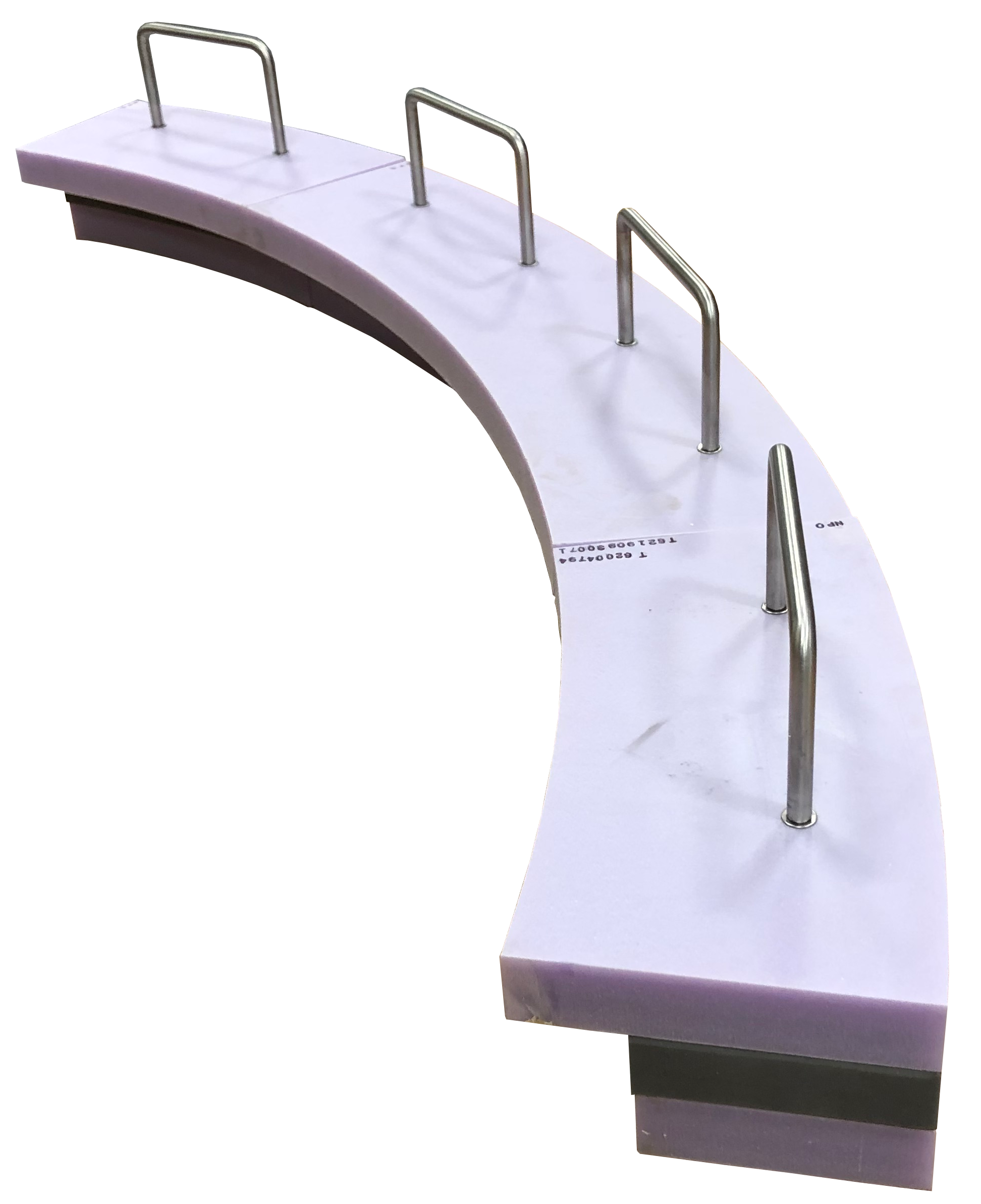
- November 7, 2019
Vertical Storage Cask Gap Shielding
“Discrete exposure savings listed at 41 mrem [410 μSv]. However, the shielding also provided critical radiological configuration control during this high profile first time evolution.” -Timothy Bigler, Point Beach...
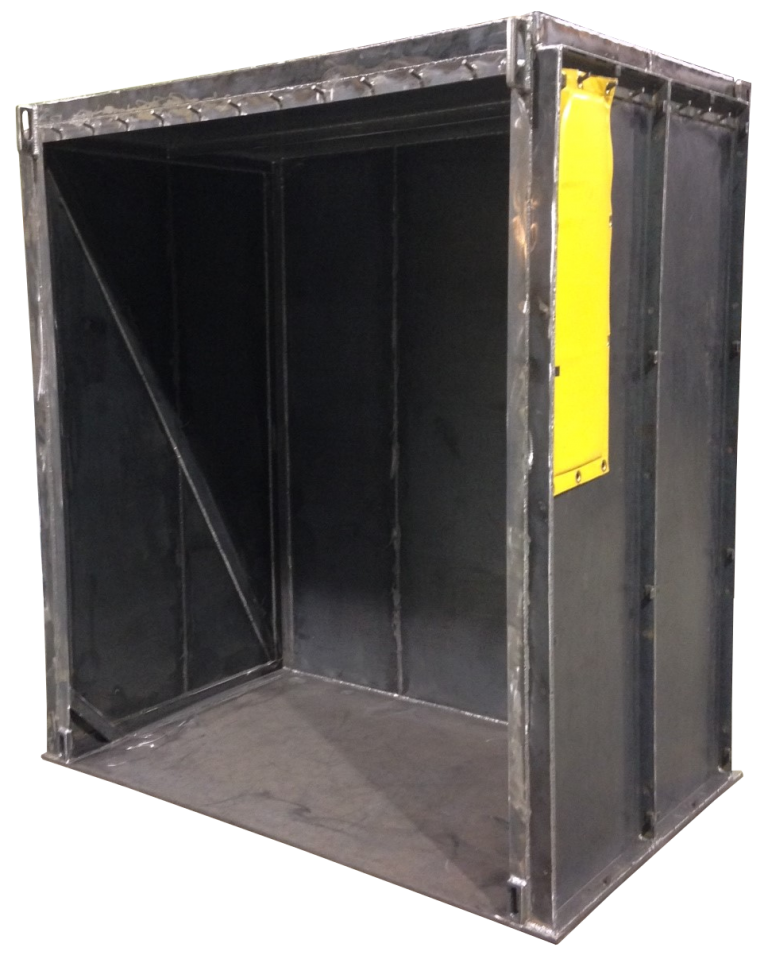
- August 11, 2017
Lead Panels and Water Shields
Sometimes the right shield for the job involves placing a shield as close to the source as possible as with pipe and valves shields, but other times the best solution...

- March 28, 2017
MCNP Case Study – Dry Cask Shielding
One year ago we introduced our new ability to simulate complex radiation profiles and thereby design the most effective shielding possible (‘NPO uses MCNP to simulate Dry Cask’, March...
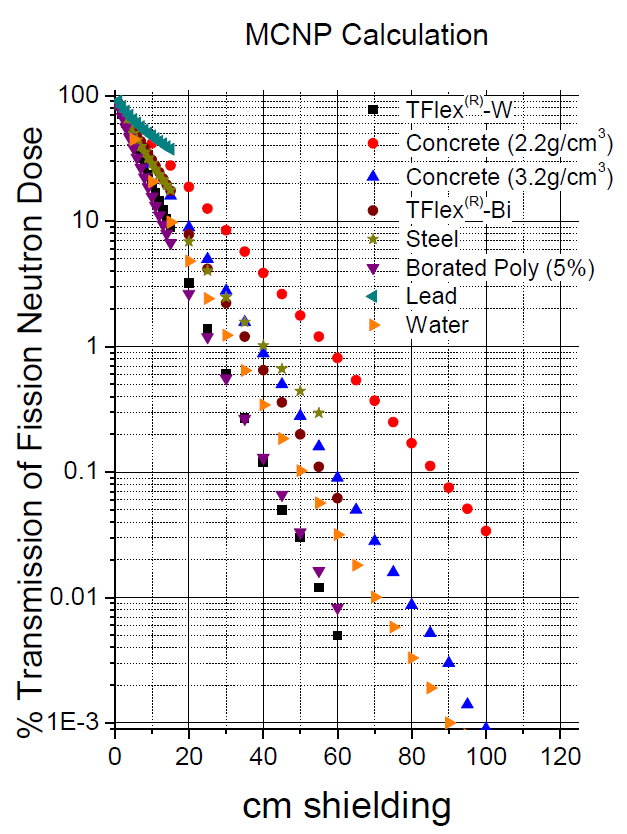
- December 1, 2016
Neutron Radiation: The Concern, Reason, and Solution
FULL ARTICLE Executive Summary Nuclear Power Outfitters (NPO) offers a wide range of materials that can be used to attenuate neutron radiation. In contrast to the high density/high atomic...
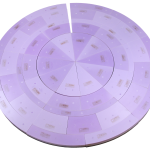
- August 31, 2016
Neutron Shielding – Borated Polyethylene
Borated Polyethylene (BPE) is one of the primary materials NPO uses for shielding Neutron Radiation. Our standard BPE is 5% Boron by weight. The benefit of adding Boron is...